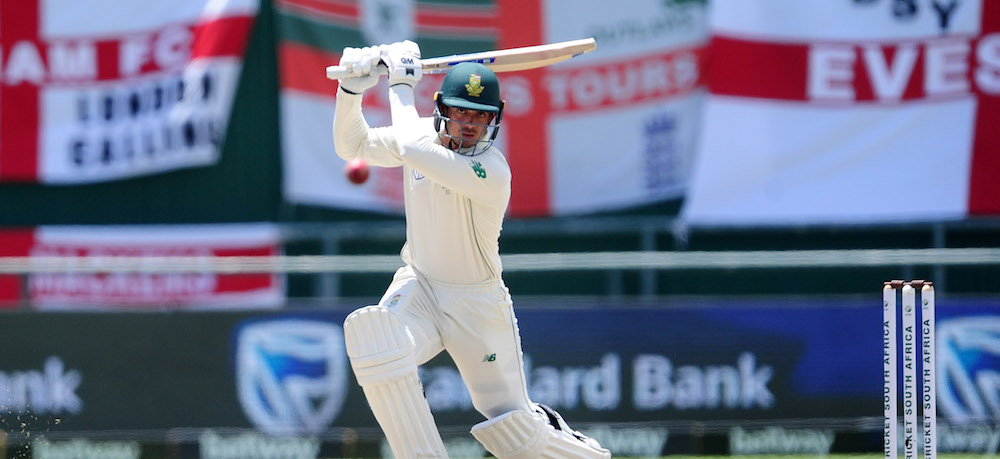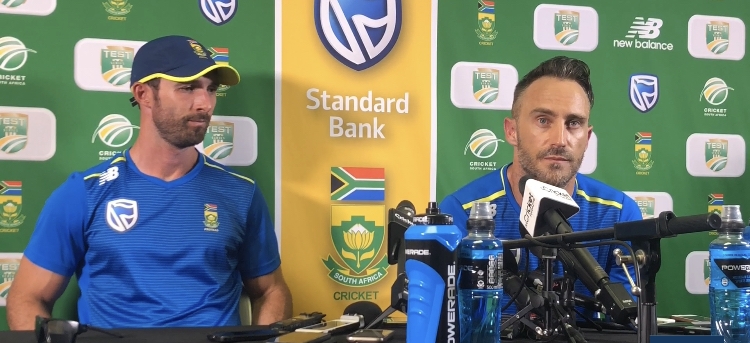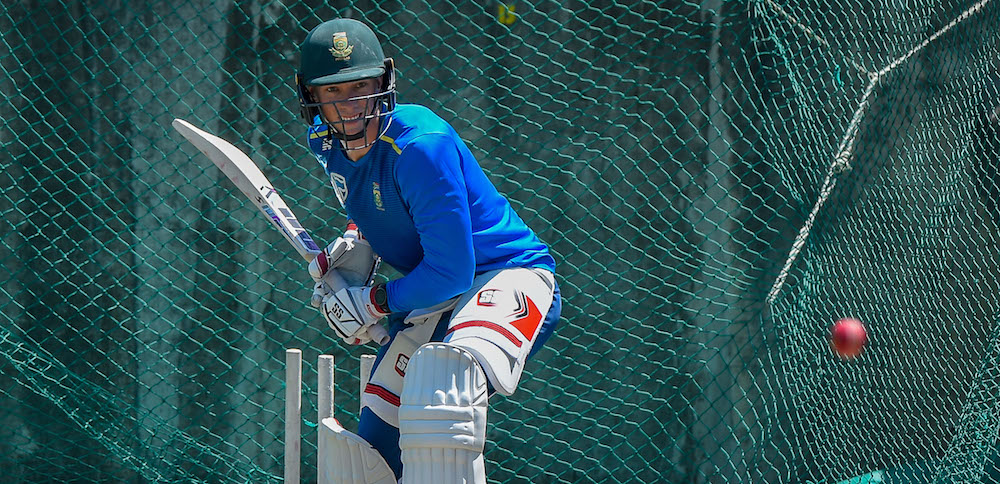“Test cricket is the pinnacle, the purest form of the sport,” England allrounder, Ben Stokes, shared in a conversation with Ish Sodhi, in April 2020.
“It’s where you find out what you’re really about as a cricketer and for me, it is the purest form of the sport.”
Stokes is not alone in this view of the longer format. Various top stars of the sport including Sachin Tendulkar, Virat Kohli, Gautam Gambhir, Nathan Lyon and Neil Wagner have echoed his sentiments.
It is in Test cricket that players really get tested. It demands patience and skill for both bowlers and batters, and it places heavy mental demands on the players, and how they cope under pressure is almost always the difference.
To use an idiom – Test cricket separates the men from the boys. To belabour the point, it separates the sheep from the goats, it separates the wheat from the chaff.
Test cricket shows clearly which players possess skilled and the mental fortitude to succeed and which do not.
This is why players seeking to make the jump from First Class to Test cricket are held to a higher standard. This is why while it is easy for an underperforming player to be dropped, it is much more difficult for a player to move from First Class to Test cricket.
One will easily integrate into one format, while the other will most likely experience a culture shock.
This is why Vincent Barnes, the current South Africa High-Performance Lead bowling coach asks players to go above and beyond requirements if they are to attain a competitive edge.
“I always told players that you have to outscore a national player. For example, if the Test benchmark average is 40+ then you should be averaging at least 60+ in First-Class cricket,” Barnes revealed.
This is a snippet of an article in issue 7 of our monthly magazine. Download free below for the full piece.











